When a company finds itself unable to pay its creditors, it may have no other alternative but to file for bankruptcy. This process is designed to help organizations pay off their debts under the supervision of a federal court.
Contrary to popular belief, filing for bankruptcy doesn't always spell financial ruin for a company. In fact, many successful corporations and brands have filed as a way to reorganize their assets and pay off outstanding debts. [size=18]Marvel, Six Flags, and Texaco are just a few companies that have managed to bounce back after filing for bankruptcy. Still, reorganization under Chapter 11 is a dangerous gambit—studies estimate only 10% to 12% of businesses that file survive.
Considering that corporate bankruptcy filings are up 63% this year, Stacker looked at the 20 largest bankruptcy filings of American corporations between 1980 and 2015 to discover why companies went bankrupt and how many of their employees fared after the fact. For many of the companies on the list, large-scale crises like the housing bubble of 2007 or the economic recession of 2009 served as catalysts for ruin. Other companies failed due to human hubris, corrupt accounting practices, and mega miscalculations.
Read on for a history of the 20 biggest bankruptcies of the last three and a half decades.
ALSO: Booms to bailouts: Banking by the numbers over the last 30 years
[/size]
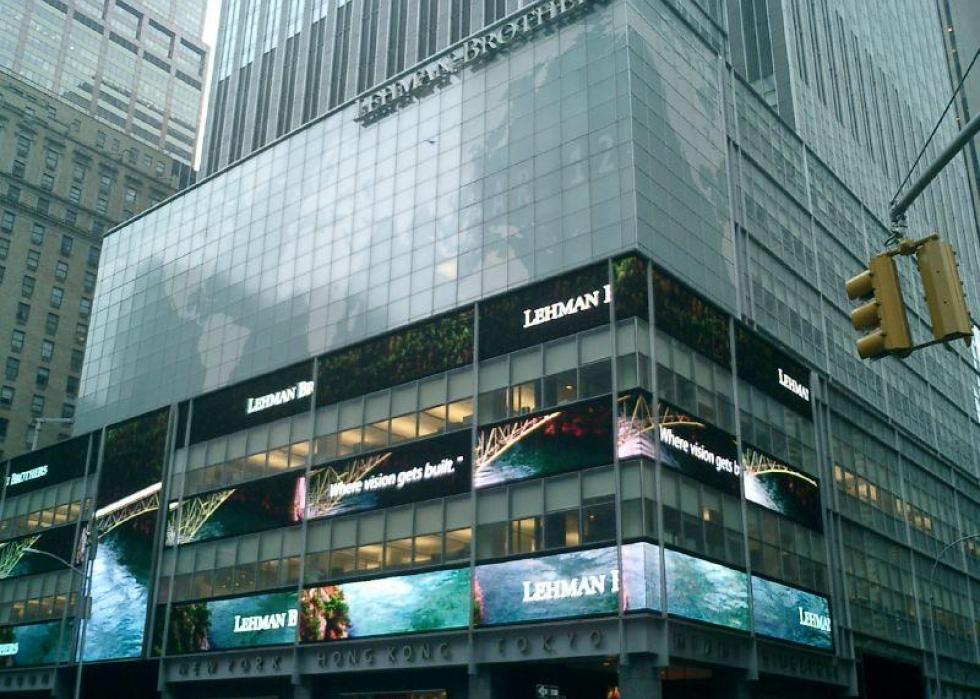
1 / 21
[size=12]The Web President // Flickr
[/size]
#1. Lehman Brothers Holdings, Inc.
[size]Total assets pre-bankruptcy: $691.1 billion
Bankruptcy date: Sept. 15, 2008
At the time of its collapse, Lehman Brothers was the fourth largest U.S. investment bank with 25,000 employees worldwide. A number of contributing factors led to its tumble including miscalculating the risks posed by rising home delinquencies after the housing boom of 2007. Former CEO Richard Fuld is now the chief executive at Matrix Private Capital Group. Former COO Herbert "Bart" McDade serves as the chairman of the Bond Market Association.
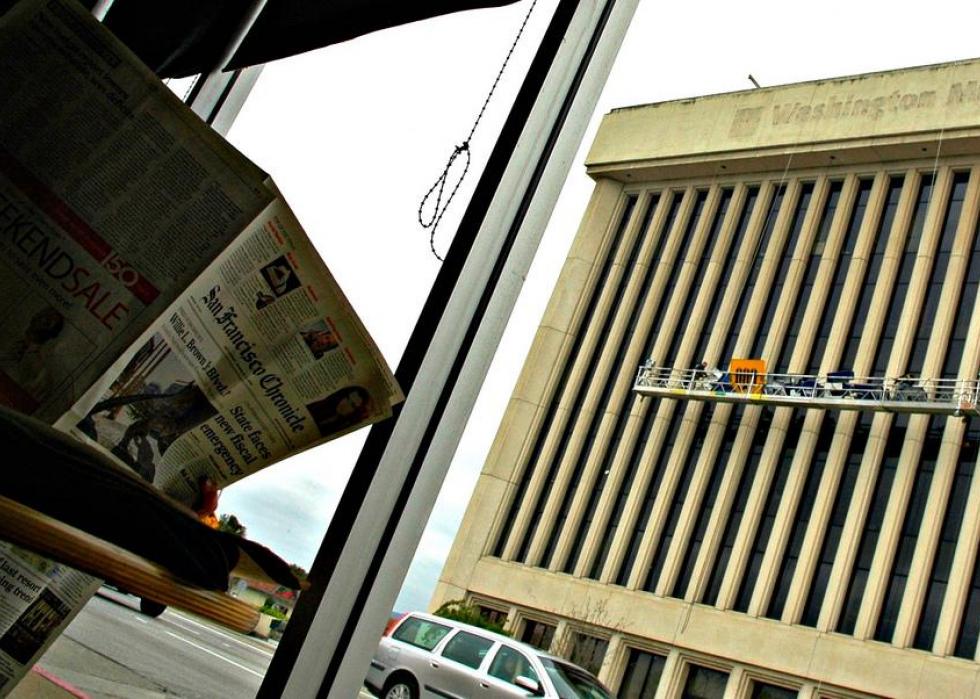
2 / 21
Wonderlane // Flickr
[/size]
#2. Washington Mutual
[size]Total assets pre-bankruptcy: $327.9 billion
Bankruptcy date: Sept. 26, 2008
Washington Mutual, a conservative savings and loan bank, became the largest failed bank in the history of the United States. Its demise was due to a number of factors including the housing crisis in 2007, rapid branch expansion, the collapse of the secondary market for mortgage-backed securities, and the fallout from Lehman Brothers' bankruptcy. Today, former CEO Kerry Killinger focuses his efforts on the Kerry and Linda Killinger Foundation.

3 / 21
PastMeetsPresent // YouTube
[/size]
#3. WorldCom, Inc.
[size]Total assets pre-bankruptcy: $103.9 billion
Bankruptcy date: July 21, 2002
WorldCom, once the second largest long-distance carrier in the United States, filed bankruptcy due to $11 billion in accounting fraud. CEO Bernard Ebbers was sentenced to 25 years in prison for nine counts of conspiracy securities fraud and making false regulatory filings. The company rebranded in 2004 as MCI Inc.
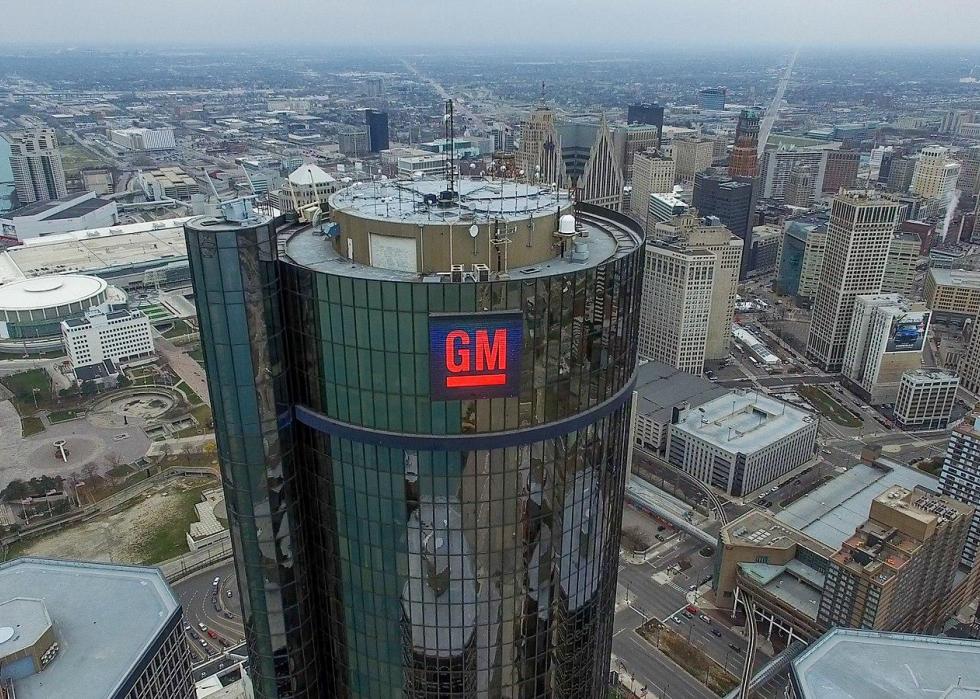
4 / 21
CucombreLibre // Wikimedia Commons
[/size]
#4. General Motors
[size]Total assets pre-bankruptcy: $82.3 billion
Bankruptcy date: June 1, 2009
Automaker General Motors filed for bankruptcy after years of losses, declining market share, and a seismic drop in sales. Despite $19.4 billion in federal aid, the iconic automaker could not shift gears to avoid bankruptcy. The government poured another $30 billion into GM to fund operations during its reorganization. Former CEO Rick Wagoner is on the board of directors of ChargePoint and recently invested in a startup called YourMechanic.
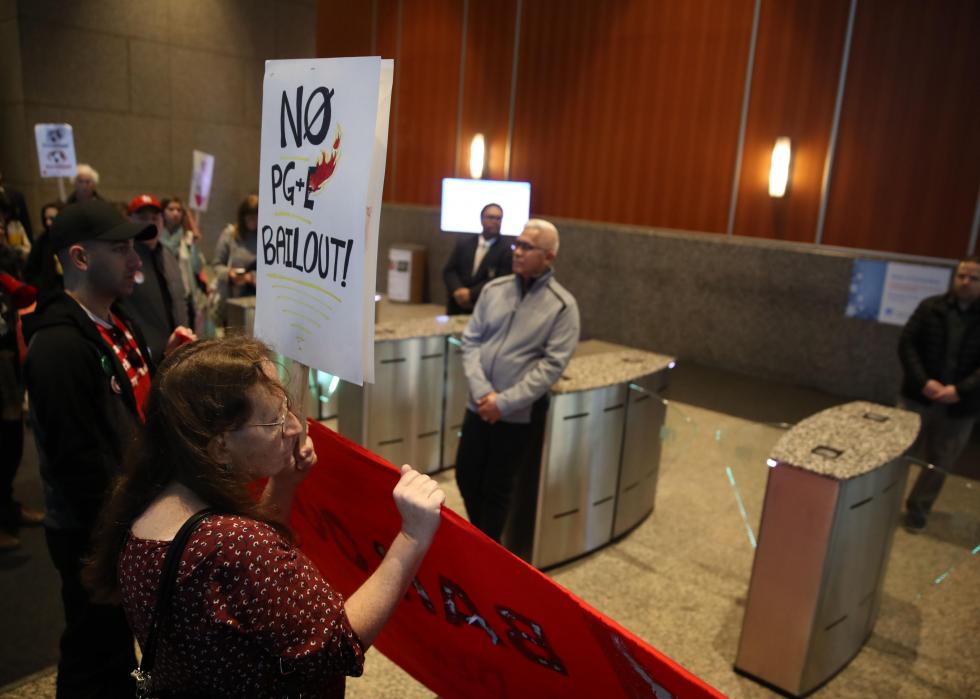
5 / 21
Justin Sullivan // Getty Images
[/size]
#5. Pacific Gas & Electric
[size]Total assets pre-bankruptcy: $71.4 billion
Bankruptcy date: Jan. 29, 2019
Pacific Gas & Electric (PG&E), one of the largest power providers the U.S., filed for voluntary Chapter 11 bankruptcy in a California court. The company provides most of the electricity and natural gas to millions of residents in Northern and Central California. The filing comes as PG&E faces extensive legal liabilities related to the recent deadly fires that devastated many parts of the state
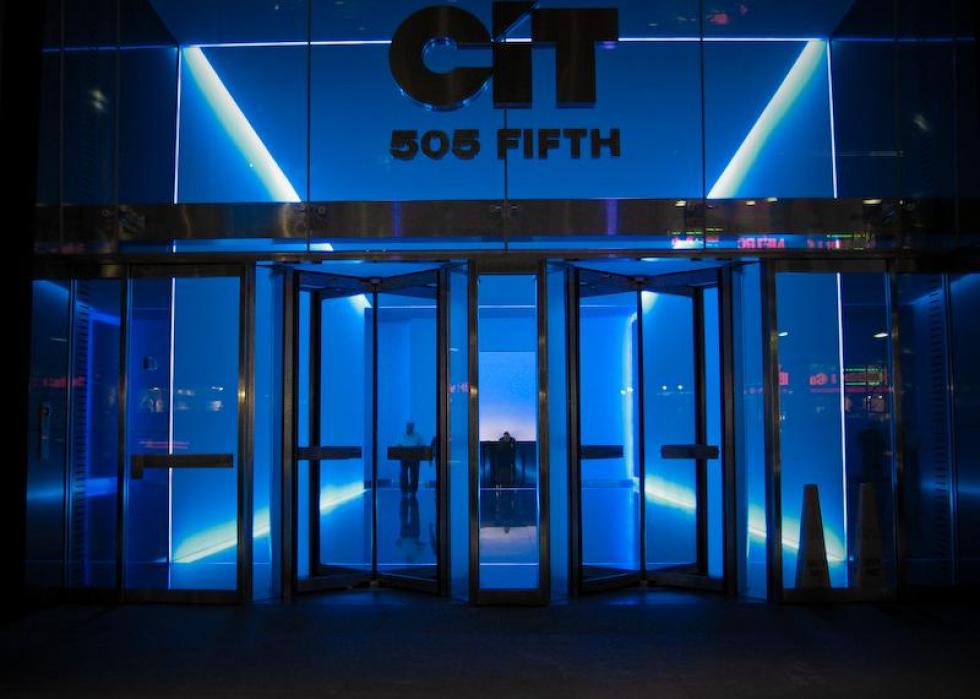
6 / 21
Ernst Moeksis // Flickr
[/size]
#6. CIT Group
[size]Total assets pre-bankruptcy: $71 billion
Bankruptcy date: Jan. 11, 2009
Commercial paper led to CIT's bankruptcy in 2009. The company provides key financing and advisory services to businesses in the retail industry. CIT serves as a rare example of a company that made good on bankruptcy proceedings—it paid off and refinanced debt, built assets, moved past regulatory restrictions, and recently rebranded. Former CEO Jeff Peek is vice chairman of Global Corporate and Investment Banking at Bank of America Corporation and serves as vice chairman of the New York City Ballet.
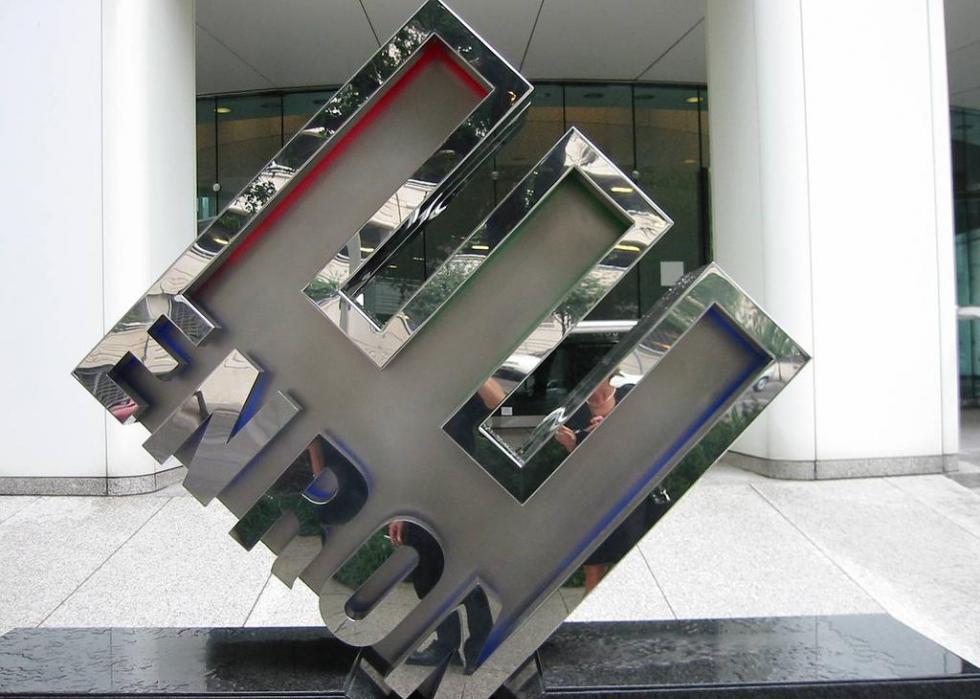
7 / 21
hanneorla // Flickr
[/size]
#7. Enron Corp.
[size]Total assets pre-bankruptcy: $65.5 billion
Bankruptcy date: Dec. 2, 2001
Enron, once named “America's Most Innovative Company" by Fortune Magazine, crashed in 2001 thanks to CEO Jeffrey Skilling's creative market-to-market accounting that inflated income by around $586 million over a four-year period. Its stock—valued at a high of $90.56 in 2000—closed at just 26 cents a share when it filed bankruptcy. Skilling was sentenced to a 24-year prison term for his role in the scandal, but he was recently relocated to a halfway house. The documentary “The Smartest Guys in the Room" chronicled the full story of Enron's downfall.
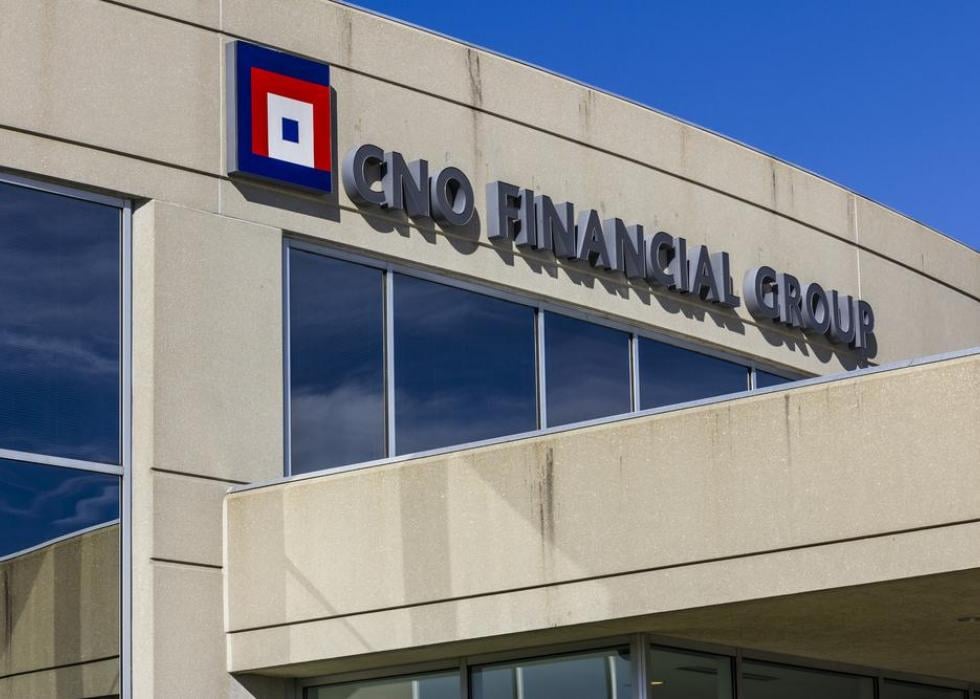
8 / 21
Jonathan Weiss // Shutterstock
[/size]
#8. Conseco, Inc.
[size]Total assets pre-bankruptcy: $61.4 billion
Bankruptcy date: Dec. 17, 2002
At the time it filed for Chapter 11, U.S. insurance and finance company Conseco, Inc. was the third largest bankruptcy in American history. Company founder Stephen Hilbert was removed after accumulating $8.2 billion in debt. Hilbert has spent over a decade in the biotech world and currently heads up corporate development for Oisin Biotechnologies. Today, Conseco is known as CNO Financial Group and positions itself as “middle America's valued security partner.”

9 / 21
Former chairman and CEO of MF Global Jon Corzine testifies, Dec. 15, 2011. // Alex Wong // Getty Images
[/size]
#9. MF Global
[size]Total assets pre-bankruptcy: $41 billion
Bankruptcy date: Aug. 11, 2011
After MF Global invested $6 billion in unpredictable European bonds and used over $1 billion of its customers funds to cover its losses, the commodity brokerage firm declared bankruptcy. Its ousted CEO Jon Corzine went on to become chief of Goldman Sachs and later served as senator and governor of New Jersey. His new hedge fund recently attracted almost $20 million in new money.
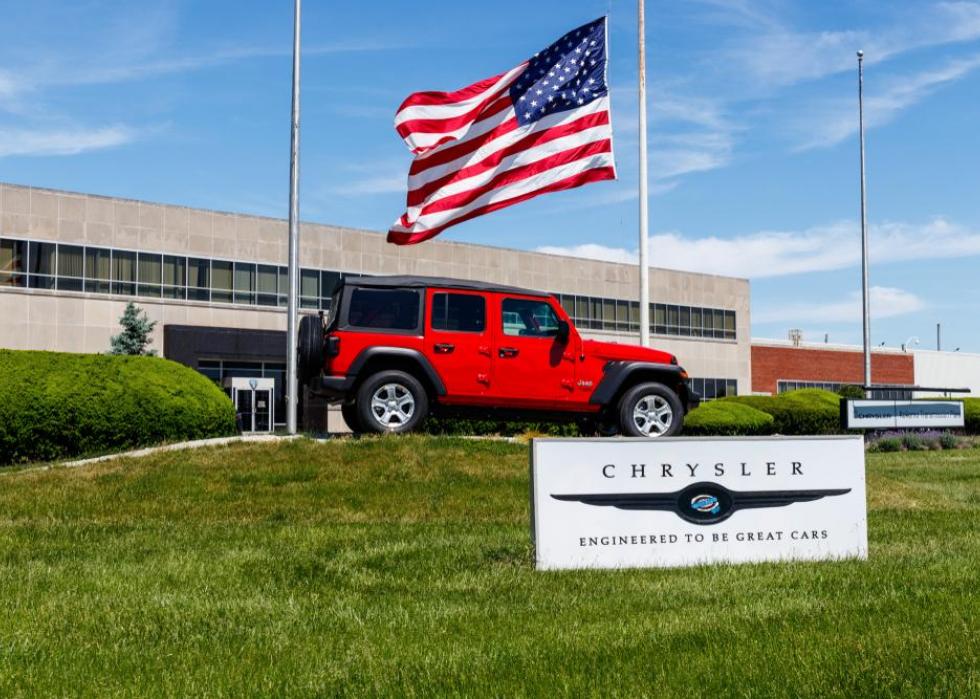
10 / 21
Jonathan Weiss // Shutterstock
[/size]
#10. Chrysler
[size]Total assets pre-bankruptcy: $39.3 billion
Bankruptcy date: April 30, 2009
Automaker Chrysler was on the brink of liquidation when the funds from the federal government and a partnership with Fiat allowed it to shift gears to survival. Ex-CEO Tom LaSorda founded and is the general managing partner of IncWell and the LaSorda Group. He also co-founded Stage 2 Innovations, a $100 million investment fund. He recently launched a mail-order bakery with his daughter.

11 / 21
JefferyTurner // Flickr
[/size]
#11. Thornburg Mortgage
[size]Total assets pre-bankruptcy: $36.5 billion
Bankruptcy date: Jan. 5, 2009
Thornburg Mortgage is another victim of the nation's 2009 housing slump and credit crisis. After the jumbo mortgage provider filed Chapter 11, it rebranded as TMST and ultimately liquidated its assets. Former CEO Larry Goldstone and former CFO Clarence Simmons were accused by the SEC of trying to hide the company's failing financial condition and inflating the company's income by more than $420 million in 2007, but the charges were dropped.
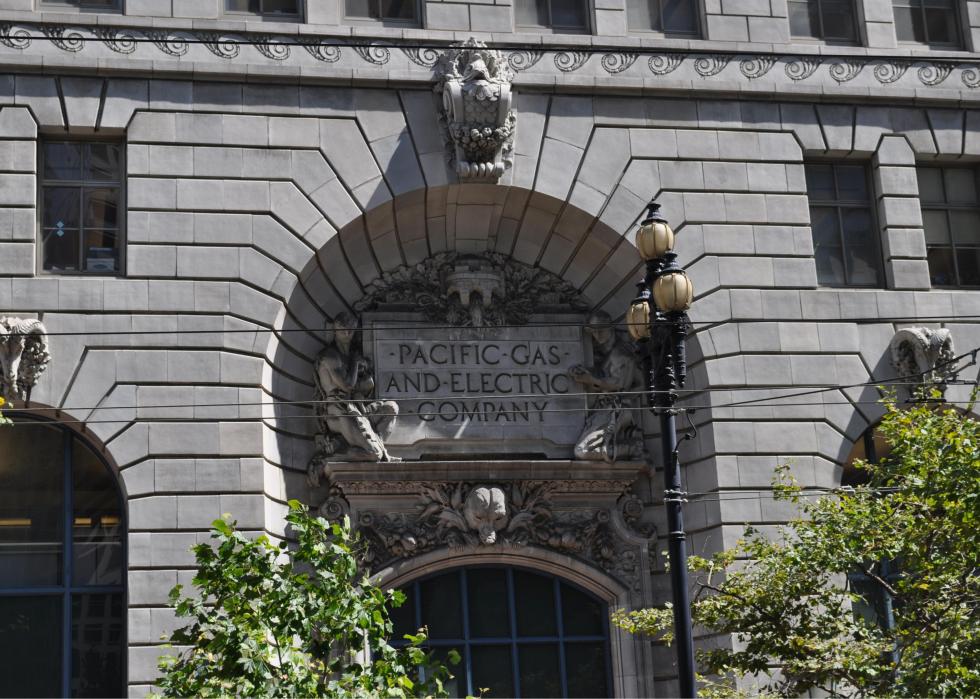
12 / 21
Joe Mabel // Wikimedia Commons
[/size]
#12. Pacific Gas and Electric Co.
[size]Total assets pre-bankruptcy: $36.2 billion
Bankruptcy date: June 4, 2001
The Pacific Gas and Electric Company filed for Chapter 11 back in 2001 due to blackouts from the energy crisis that cost billions of dollars. Now, liability from wildfires raging in California in late 2018 have rekindled fears of another bankruptcy. After its rebound, PG&E distributed $84 million in bonuses to 17 executives for their loyalty. Former chairman Robert D. Glynn Jr. received $17 million, and Gordon Smith, who ran the utility unit, received $10 million.
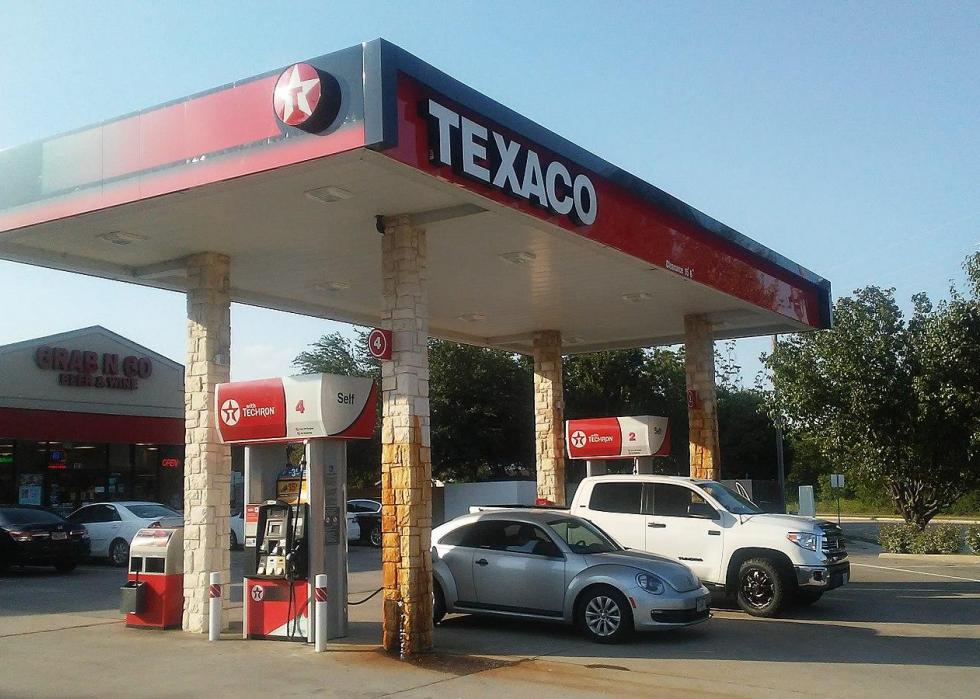
13 / 21
Buhler13 // Wikimedia Commons
[/size]
#13. Texaco
[size]Total assets pre-bankruptcy: $34.9 billion
Bankruptcy date: Dec. 4, 1987
Texaco filed for Chapter 11 after a court said it owed Pennzoil $10.5 billion in damages stemming from a previous agreement. Texaco paid Pennzoil $3 billion and emerged from bankruptcy to later become part of Chevron. John K. McKinley, the chief executive officer who tried to resuscitate Texaco Inc, died in 2014.

14 / 21
Akugasahagy // Shutterstock
[/size]
#14. Financial Corp of America
[size]Total assets pre-bankruptcy: $33.9 billion
Bankruptcy date: Sept. 9, 1988
After a $2 billion federal bailout of its primary subsidiary, the American Savings and Loan Association, the Financial Corp. of America declared bankruptcy. The tumble happened during the savings and loan crisis of the late 1980s. A year later the company was liquidated.
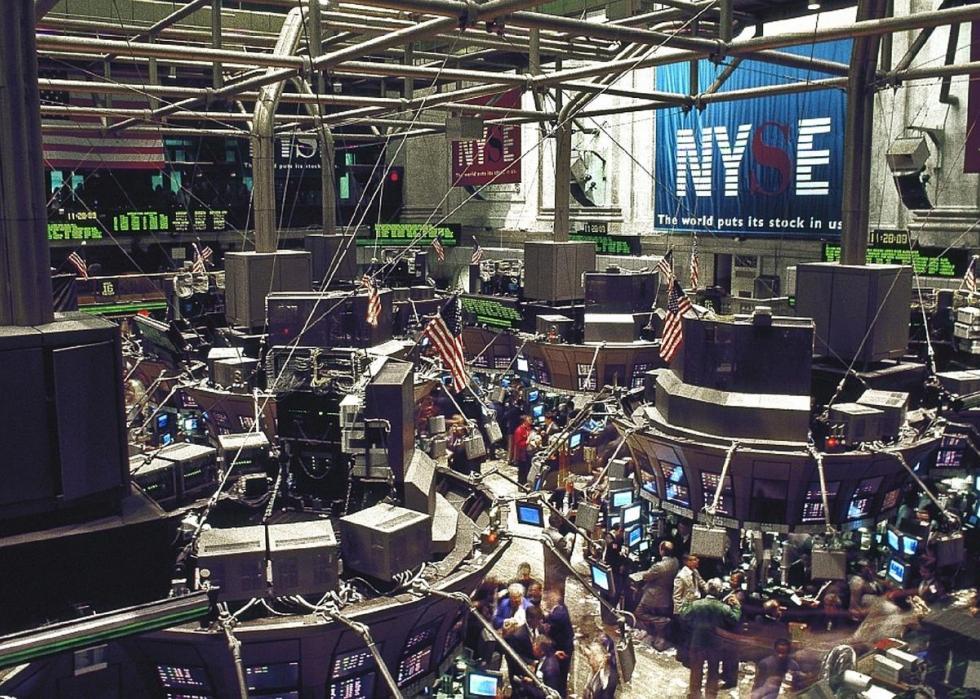
15 / 21
sneeze // Pixabay
[/size]
#15. Refco
[size]Total assets pre-bankruptcy: $33.3 billion
Bankruptcy date: Oct. 17, 2005
The New York-based financial services company had around $33 billion in assets when scandal struck. CEO and chairman Phillip R. Bennett was accused of hiding $430 million worth of bad debts and using company funds to pay them. Bennett was sentenced to 16 years in prison for the cover-up.

16 / 21
Wikimedia Commons
[/size]
#16. IndyMac Bancorp
[size]Total assets pre-bankruptcy: $32.7 billion
Bankruptcy date: July 31, 2008
IndyMac declared bankruptcy after an FDIC takeover and bank run due to the end of the housing boom and looming economic slump. Sean Wright, vice president of Enterprise Information Security for IndyMac, worked through the bank's takeover and created individual employee retention plans based on goals and performance. In 2007, Indy had more than 11,000 employees. Within two years Indy had 2,000 employees and around 700 contractors. In 2011 the company filed Chapter 7.
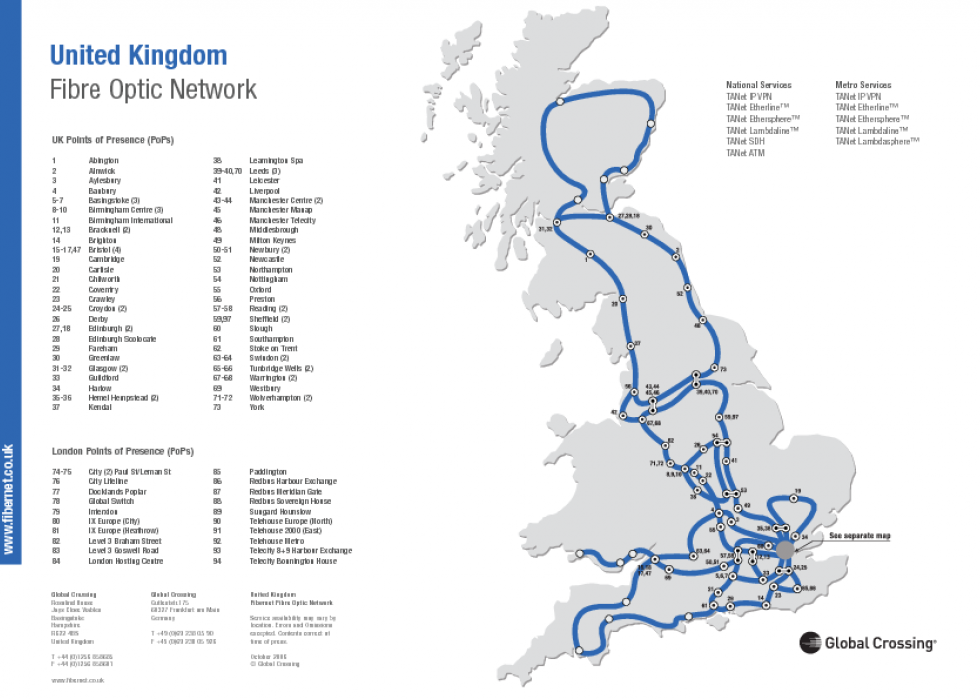
17 / 21
Kai Hendry // Flickr
[/size]
#17. Global Crossing
[size]Total assets pre-bankruptcy: $30.2 billion
Bankruptcy date: Jan. 28, 2002
International telecommunications company Global Crossing, whose market value once eclipsed General Motors, filed Chapter 11 because it was unable to support the weight of $12 billion in debt in a plummeting world economy. Founder Gary Winnick sold shares worth a total of $734 million before the company collapsed, leaving many employees missing significant portions of their 401(k) funds.
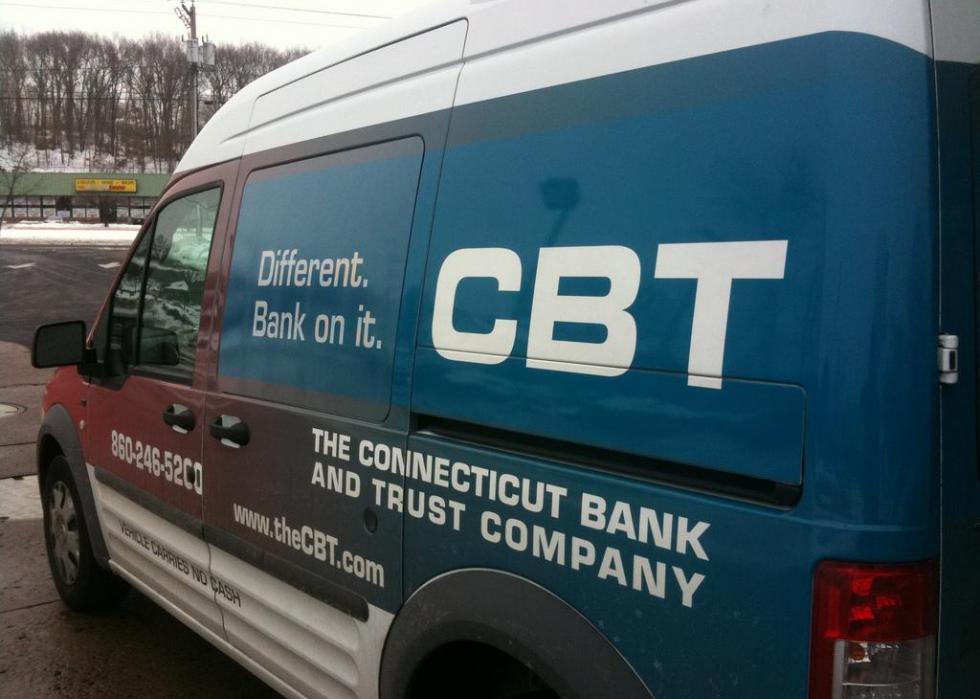
18 / 21
JeepersMedia // Flickr
[/size]
#18. Bank of New England
[size]Total assets pre-bankruptcy: $29.8 billion
Bankruptcy date: July 1, 1991
Bad loans and heavy ties with bond creditors led to bankruptcy for Bank of New England and its sister banks, Maine National Bank and Connecticut Bank and Trust. The trio had assets totaling $21.8 billion and deposits worth $19 billion. Ousted chairman Walter J. Connolly Jr.'s pomposity was cited for the failure that affected thousands of employees, bond and stockholders.

19 / 21
Head in the Suburbs // Flickr
[/size]
#19. General Growth Properties
[size]Total assets pre-bankruptcy: $29.6 billion
Bankruptcy date: Apr. 16, 2009
Chicago-based General Growth Properties was the second-largest real estate investment trust and mall operator in the U.S. when it filed for Chapter 11 protection. During the transition, Adam Metz served as interim chief executive officer, and Thomas H. Nolan Jr. served as interim president. A year and a half later, GGP emerged from bankruptcy. The company was acquired in early 2018 by Brookfield Property Partners.
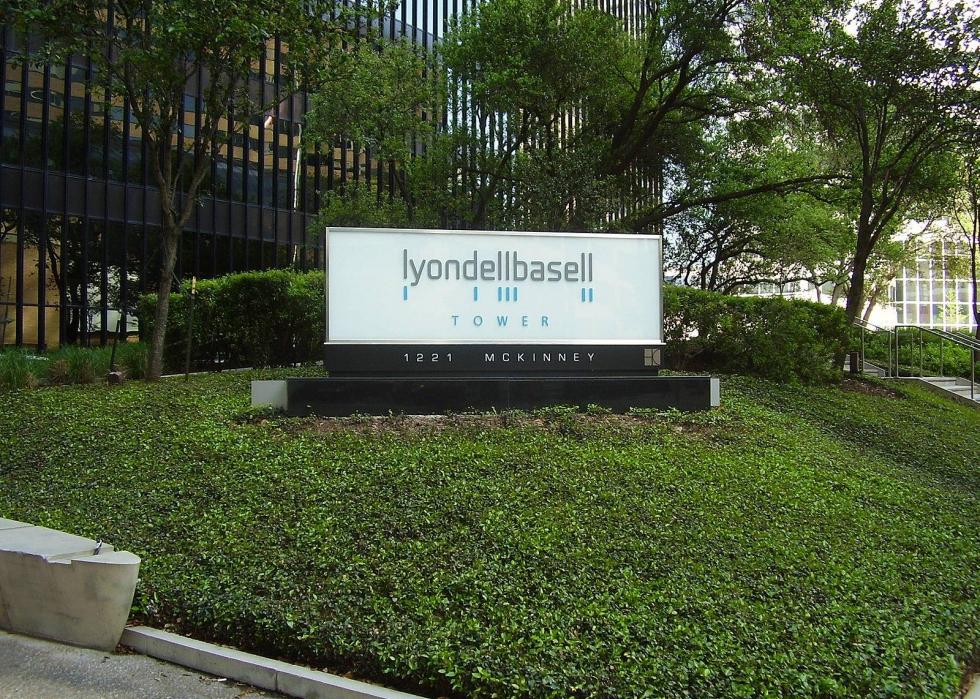
20 / 21
WhisperToMe // Wikimedia Commons
[/size]
#20. Lyondell Chemical
[size]Total assets pre-bankruptcy: $27.4 billion
Bankruptcy date: June 1, 2009
Lyondell Chemical, one of the world's largest privately held chemical makers, listed $27 billion in assets and $19 billion in liabilities when it filed for bankruptcy. A dramatic dip in demand and extreme volatility in costs of raw materials were among the reasons it filed for Chapter 11 protection. Today LyondellBasell is expanding rapidly, spending billions to grow its production along the Gulf Coast and its global markets. The company has about 13,000 employees worldwide.
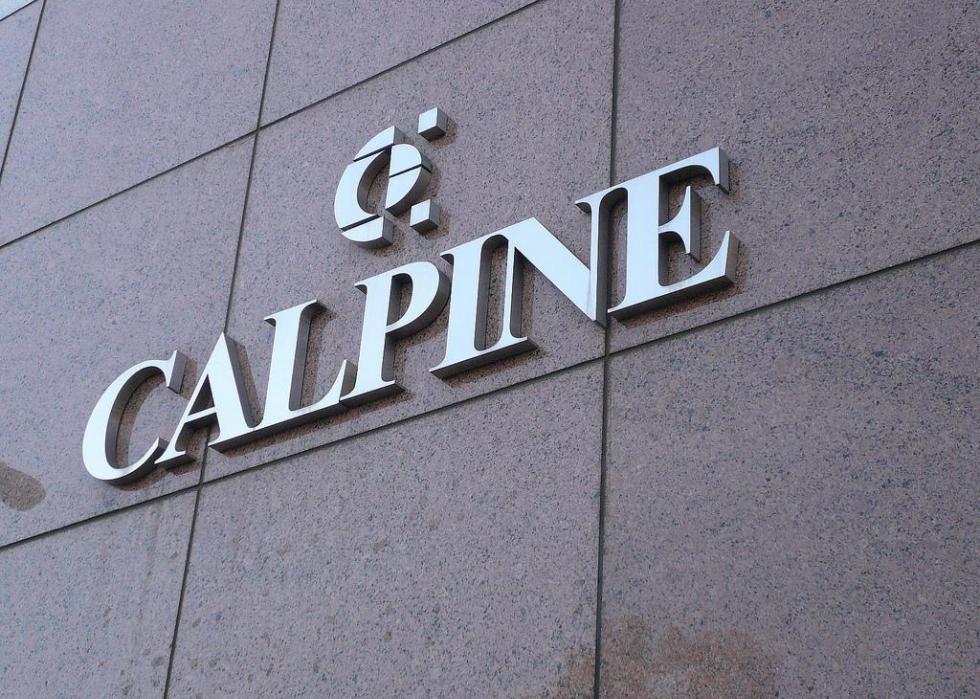
21 / 21
mrkathika // Flickr
[/size]
#21. Calpine
[size]Total assets pre-bankruptcy: $27.2 billion
Bankruptcy date: Dec. 20, 2005
Skyrocketing natural gas prices and the failure of deregulation forced power plant operator Calpine to seek Chapter 11. It emerged from bankruptcy in 2008 to begin a new chapter in its history, and today is America's largest generator of electricity from natural gas and geothermal resources.[/size]
 would enable you to enjoy an array of other services such as Member Rankings, User Groups, Own Posts & Profile, Exclusive Research, Live Chat Box etc..
would enable you to enjoy an array of other services such as Member Rankings, User Groups, Own Posts & Profile, Exclusive Research, Live Chat Box etc.. 
 Home
Home

















